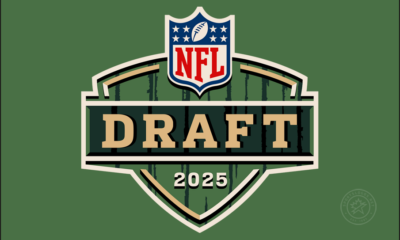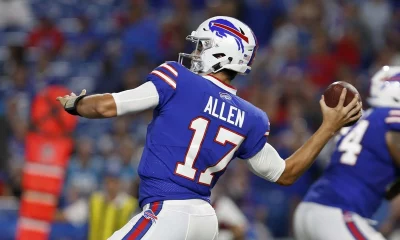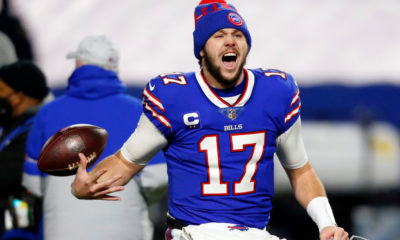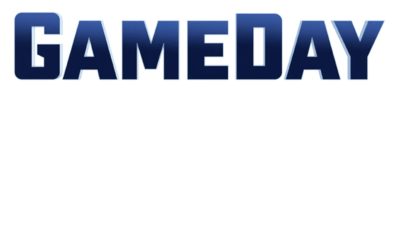Round selected matters:
There was an overwhelming agreement that players who are drafted in the first three rounds of the have higher expectations, therefore if they do not meet these expectations it warrants the label of being a “Bust”.
A window of time exists:
The general consensus from our community was there is a window of time for a player to prove their worth was their first three years of their career.
Player position has an impact:
There was a difference in option on whether or not player position dictates different levels of expectations. The majority believe that skill positions (QB, RB, and WR) hold higher expectations than say offensive lineman, while others made very strong arguments that it’s insignificant.
Individual accolades hold no bearing:
The popular belief is that a player not making the Pro Bowl doesn’t necessarily determine if a player is “Bust” worthy. In other words, players can be average to above average but as long as they are valuable contributors to their teams and they are not considered a “Bust”.
Injuries are a part of the game:
This was the least talked about factor in our Q&A, but I believe it’s one of the most important. Injuries are a part of the game, and fair or not, an injury-prone player often gets the “Bust” label. Since injuries can prevent a young player from getting reps in practice and limit opportunities of gaining in-game experience, it can really stunt their growth and development, which ultimately results in a less polished product.
For the most part injuries are out of a players control and the timetable for recovery is dictated by medical experts. I believe it seems a little unfair to jump to conclusions about a player’s worth based on them being injured. Two prime examples of players who weren’t given the benefit of the doubt and were on the fence of being labeled a “Bust” are Cornerback Jimmy Smith for the Baltimore Ravens and Outside Linebacker Jason Worilds for the Pittsburgh Steelers; both players were hampered by nagging injuries early in their careers and many fans refused to give them the benefit of the doubt. A few years later once both players recovered from injuries and gained opportunities to showcase their talents – they have successfully proven their doubters wrong and look to be players on the rise.
What we learned:
In order to be considered a “Bust”, a player must be selected within the first three rounds of the draft, earn a starting position within the first three years of their career (barring injury), and become a valuable asset to their team regardless if they are recognized for their accomplishments via pro-bowl selections.
Lastly, sometimes as fans our expectations don’t necessarily align with reality and we tend to make premature judgments on the worth of players. We are all guilty of this at times and I think it’s important to look at the big picture and outside factors before rushing to label a player a “Bust”. Try to remember that there is a steep learning curve between NCAA football and the NFL and different people learn at different paces. As long as a player is willing to put in the work and help your team win, being a “Boom” or a “Bust” isn’t the end-all be-all because football is the ultimate team game. In the words of Pittsburgh Steelers Head Coach Mike Tomlin, “It’s not what you are capable of; it’s about what you are willing to do.”





















Facebook
Twitter
RSS